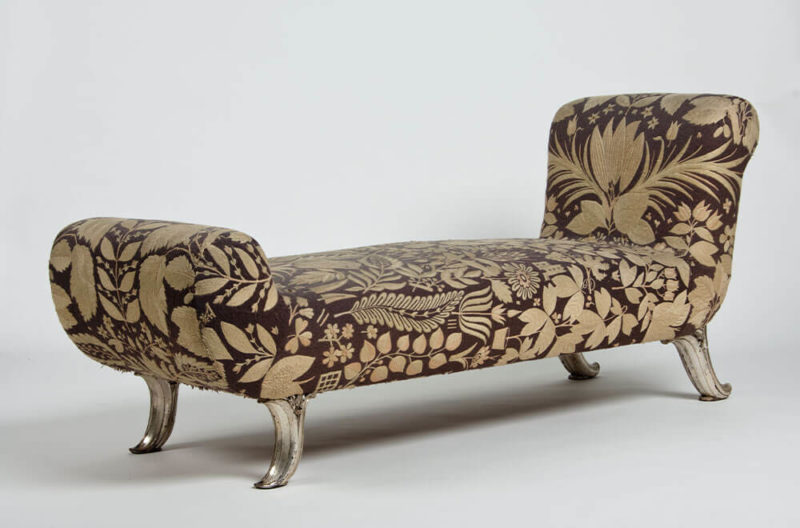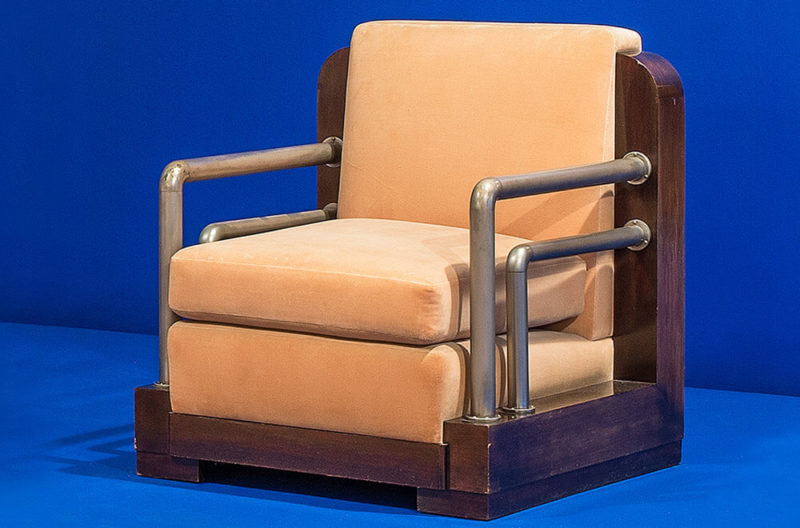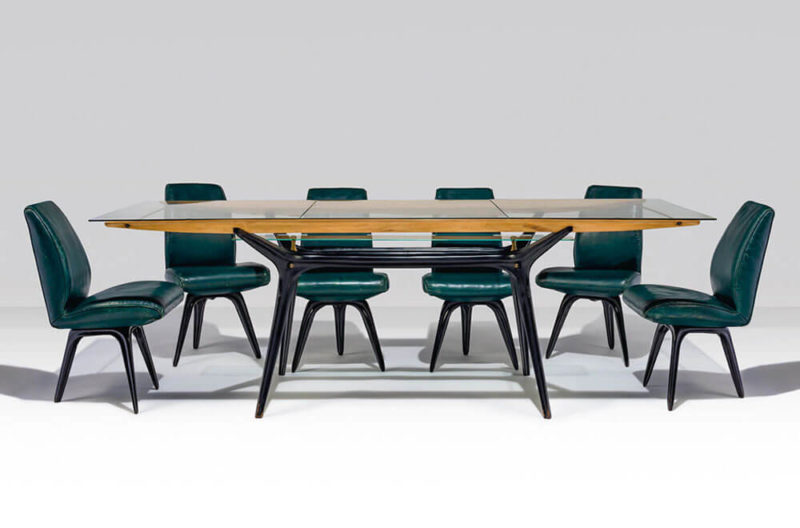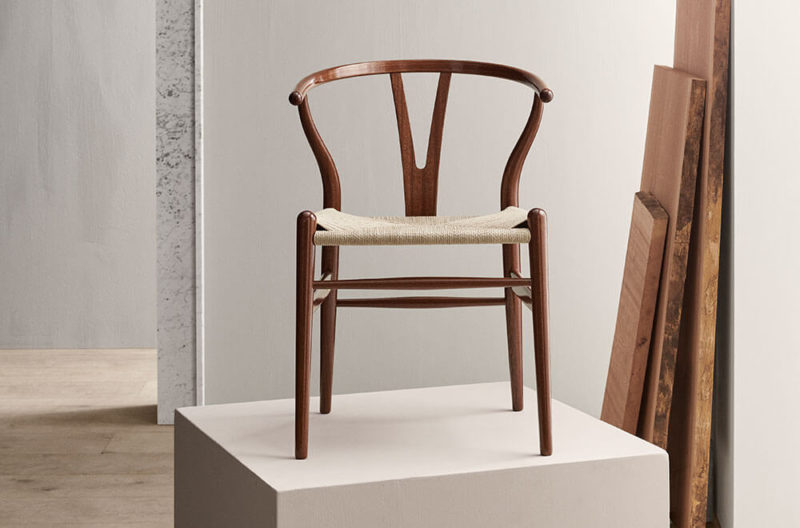‘Trolley’, circa 1937-38
Gerald Summers

Gerald Summers, ‘Trolley’, circa 1937-38
COURTESY: Gerald Summers, Lyon & Turnbull
THIS TROLLEY REPRESENTS the coming together of a material, a design philosophy and two influential figures in the mid-twentieth-century history of British modernist furniture. Its sinuous curves arise from the process of bending plywood that British designer Gerald Summers had perfected. The simple ingenuity of its design reflects Summers’s adherence to the modernist tenets of European pioneers such as Alvar Aalto, Marcel Breuer and Le Corbusier: form should follow function. And the trolley represents the only documented collaboration between two passionate champions of plywood: Gerald Summers and Isokon (the design firm founded by Jack Pritchard and Wells Coates, which also worked with Aalto and Breuer).
Gerald Summers was born in Alexandria, Egypt in 1899, the youngest of six children. Educated in south London, where he showed a gift for carpentry, he subsequently enrolled in an engineering apprenticeship, before being called up to fight in the First World War. After the war, he married Marjorie Butcher. The first gift he gave her was a table he had made – the launch of his career as a furniture maker and designer. In 1931 the couple founded Makers of Simple Furniture, a company dedicated to producing functional furniture for the modern British home, adapting the rigorous tenets of European modernism to the more homely tastes of the British public. For the next nine years, until 1940, the company produced over 200 designs for chairs, chests, cupboards, desks, sideboards, tables, wardrobes – and several trolleys. Design historian Martha Deese, an expert on Summers, comments, “Conceived, in Gerald’s words, as ‘furniture for the concrete age’, these pieces helped shape the notion of the modern interior in Britain.”
Summers first won widespread attention for his iconic 1933 design, the fluid ‘Bent Plywood Armchair’, formed from a single rectangle of seven layer birch ply. The chair was created by simple cuts , and then moulded for eight hours, without screws or joinery, splicing or bracing. It predated the revolutionary moulded plywood chairs of the midcentury American designers Charles and Ray Eames. This trolley, designed around 1937, from the more elegant tinted ash ply, represents an evolution of the economical idea of a single sheet of moulded ply. Three tapered parallel shelves are introduced into the primary “S” form, which creates the body of the trolley. As well as being modern in design, the trolley was itself a quintessential modern piece of furniture – designed for middle class households in the 1930s who wished to entertain guests, but no longer had household staff to fetch and carry.
In the 1930s, Makers of Simple Furniture had an enthusiastic following and their pieces were much exhibited. After the war, Summers was practically forgotten, only being rediscovered in the 1970s. An example of this design featured in the touring exhibition ‘Bent Wood and Metal Furniture 1850 – 1946’, organised by The American Federation of Arts in 1986.
It is thought that only around 20 of these trolleys were made before plywood became difficult to source with the onset of the Second World War. This one was up for auction on Friday, 28th October, at Lyon & Turnbull in London, and sold for £35,200 against an estimate of £12,000-£18,000. One among 23 pieces designed by Summers for sale, this was a rare opportunity for enthusiasts.
‘MODERN MADE: Modern & Post-War Art, Design & Studio Ceramics’ at Lyon & Turnbull is on Friday 28th October 2022 at 10.00 GMT.







